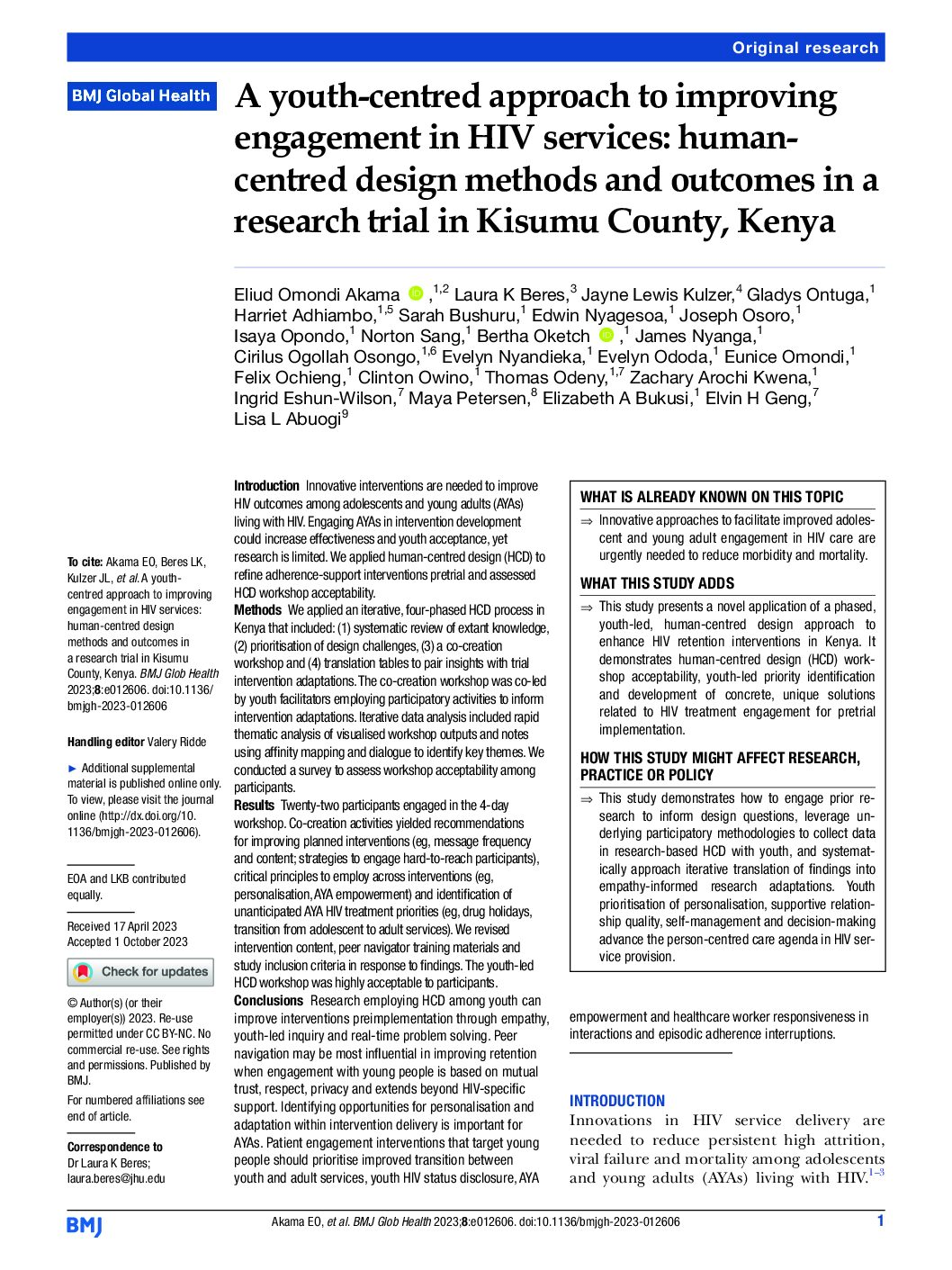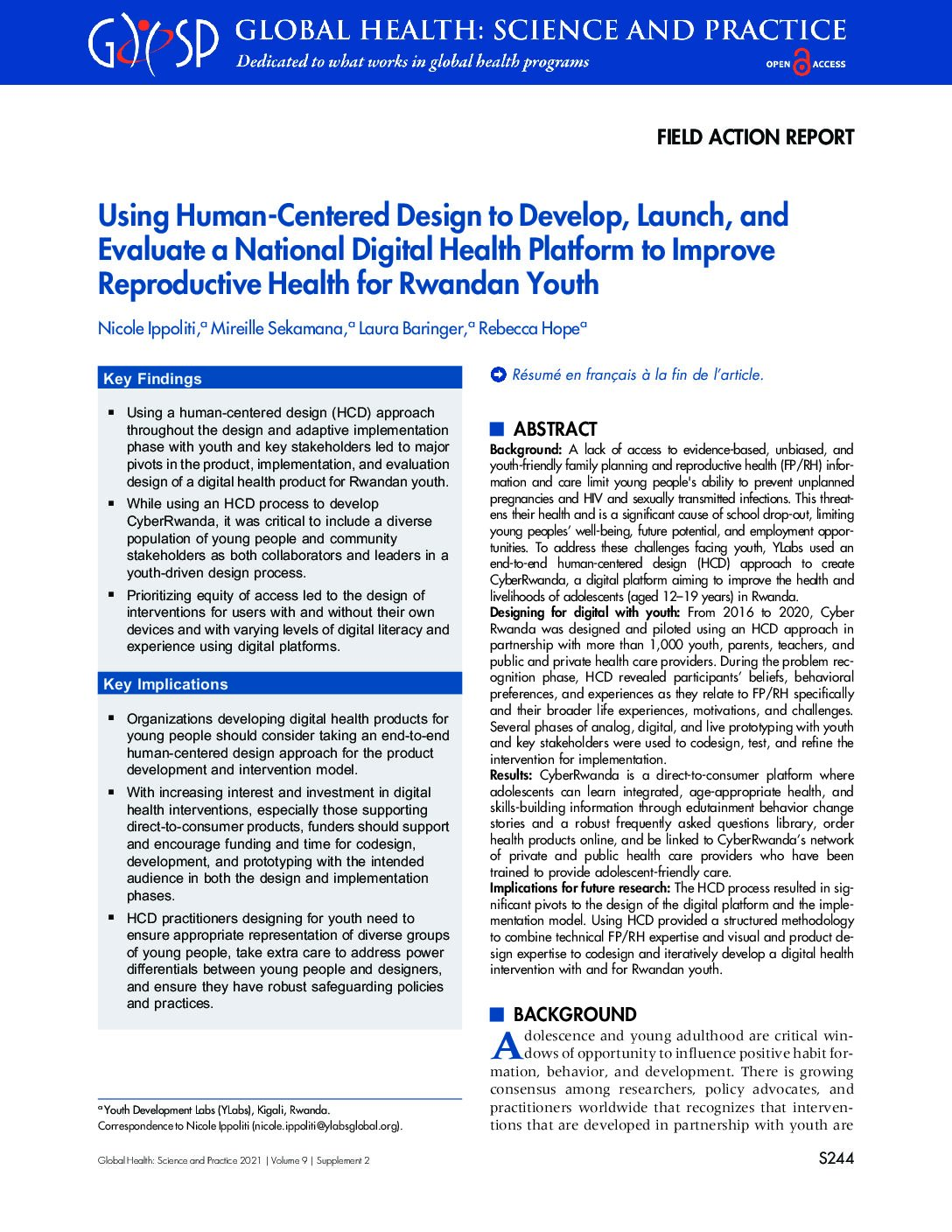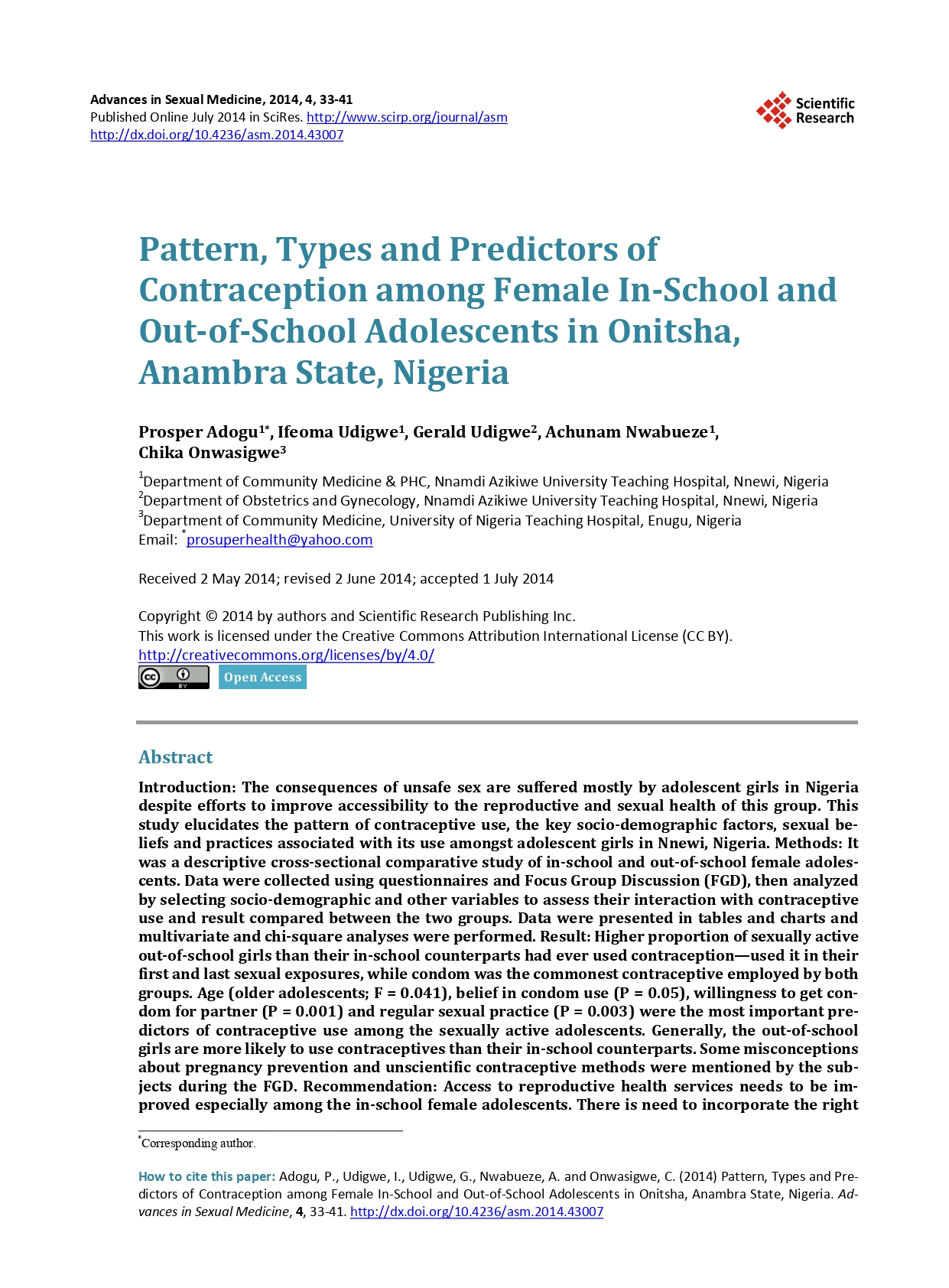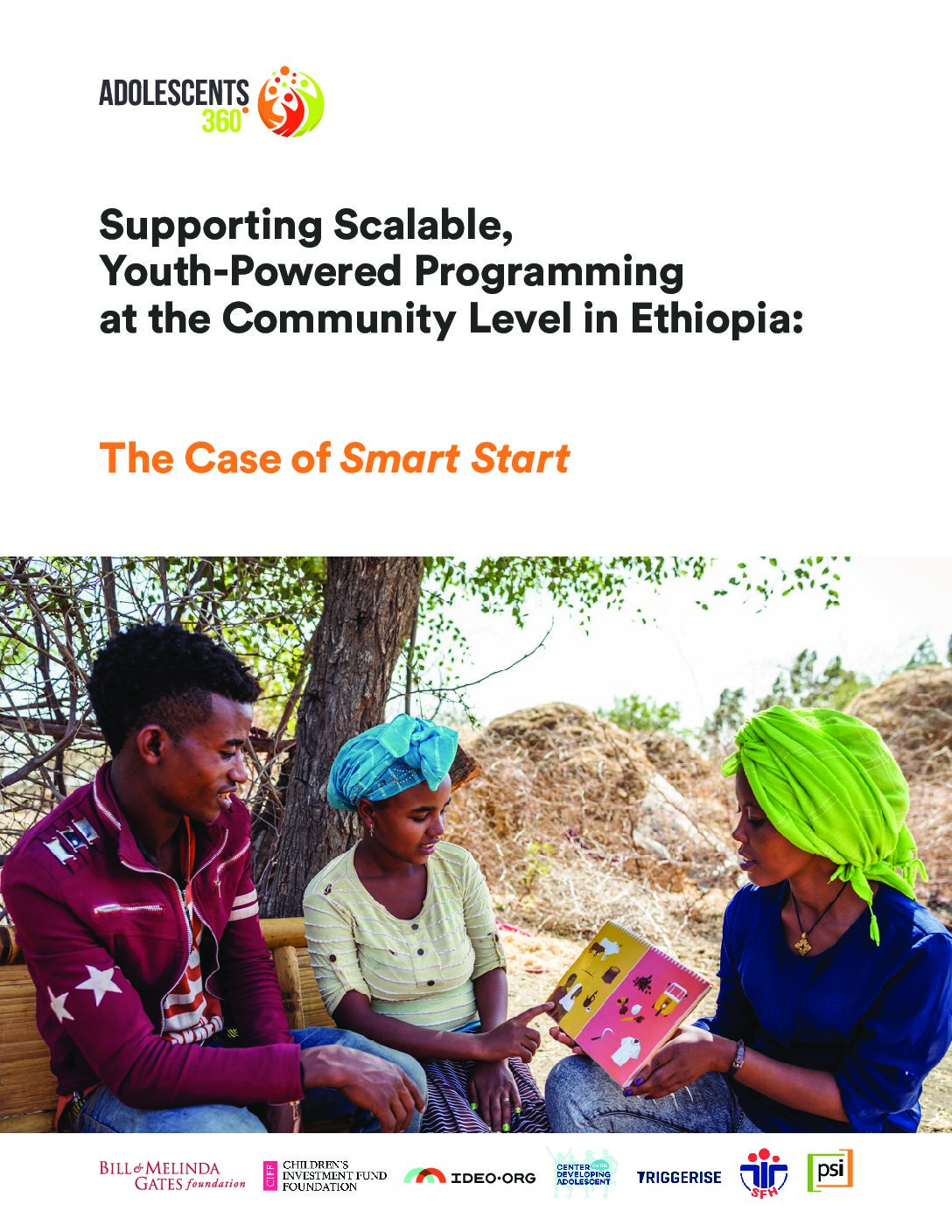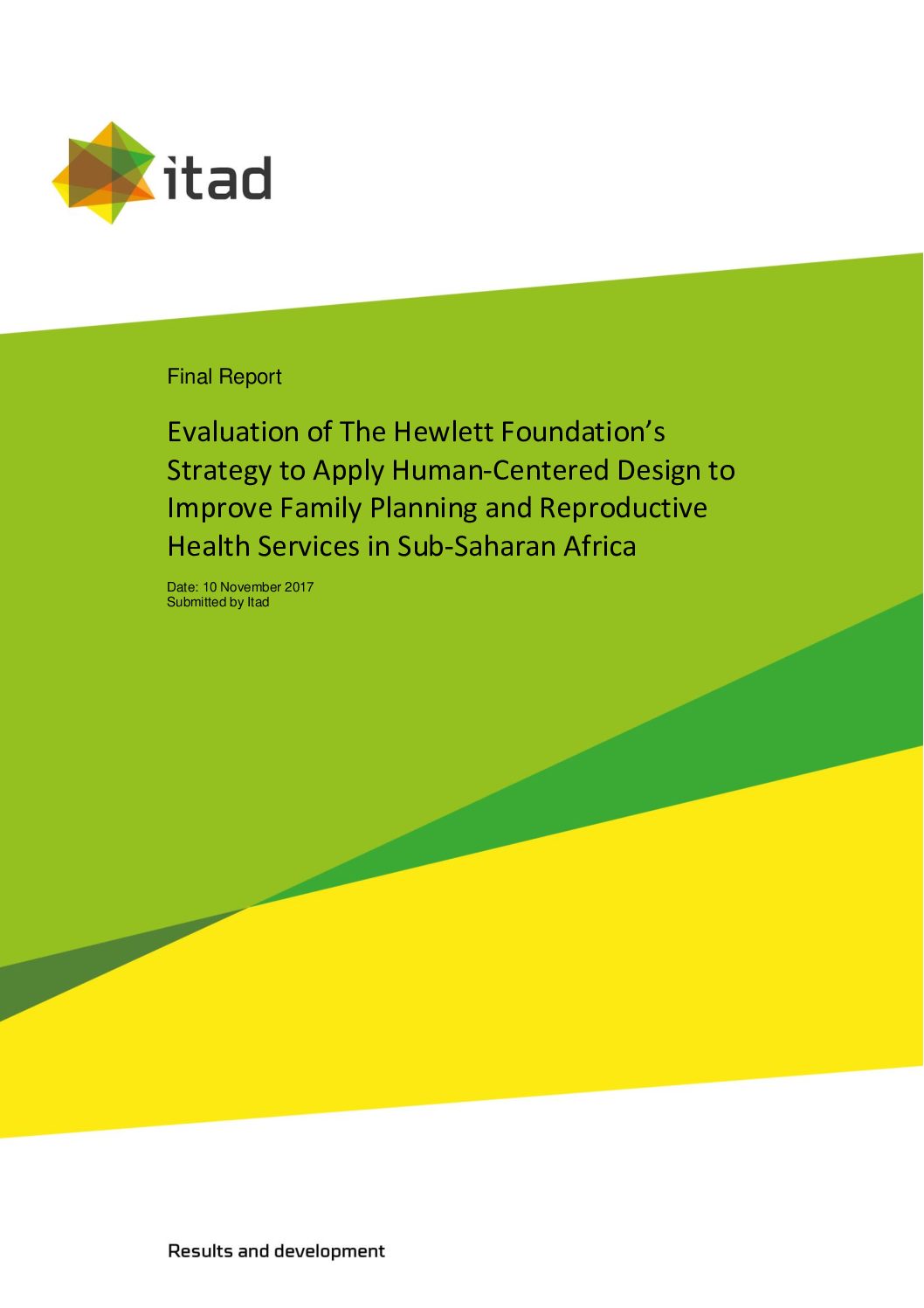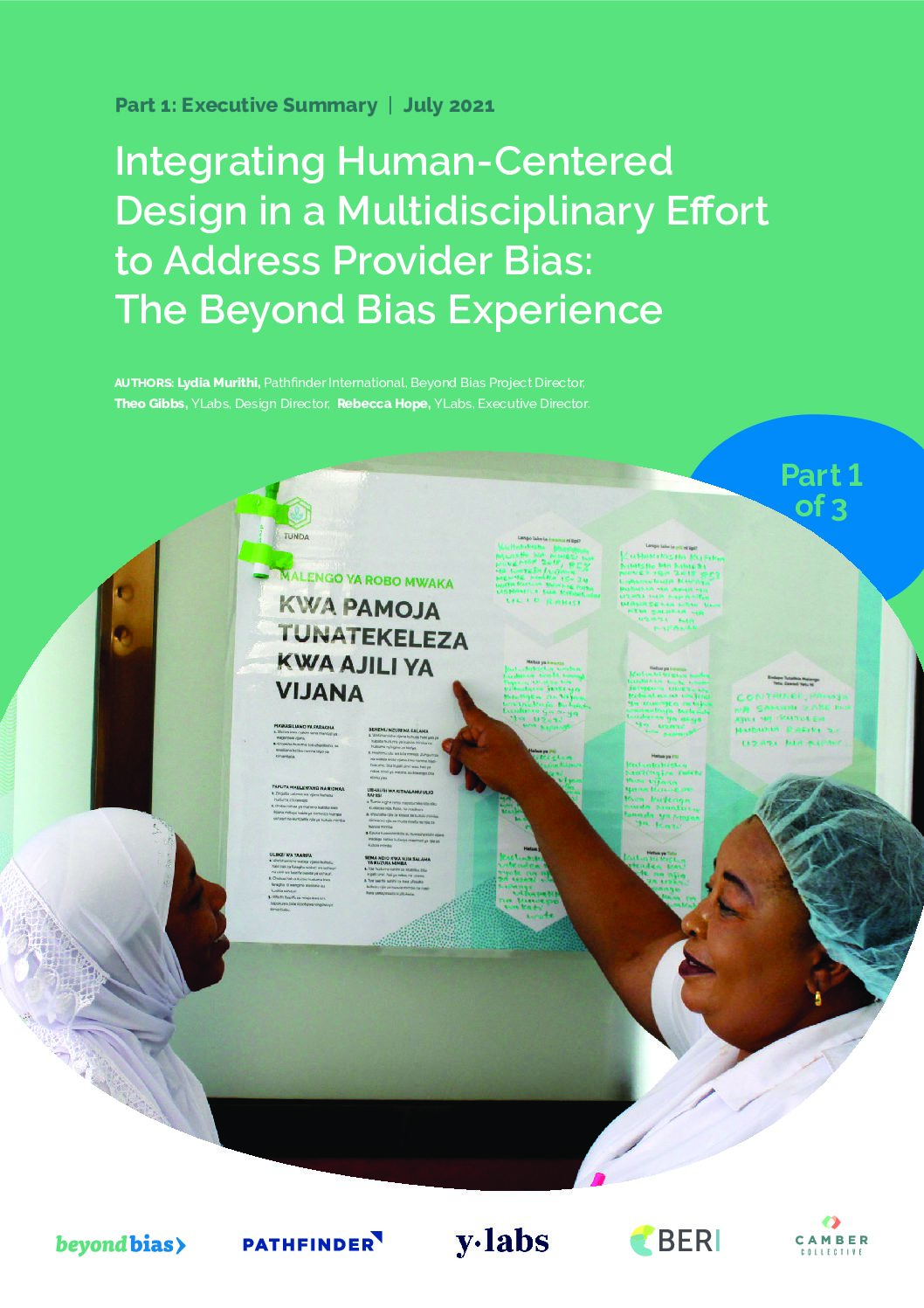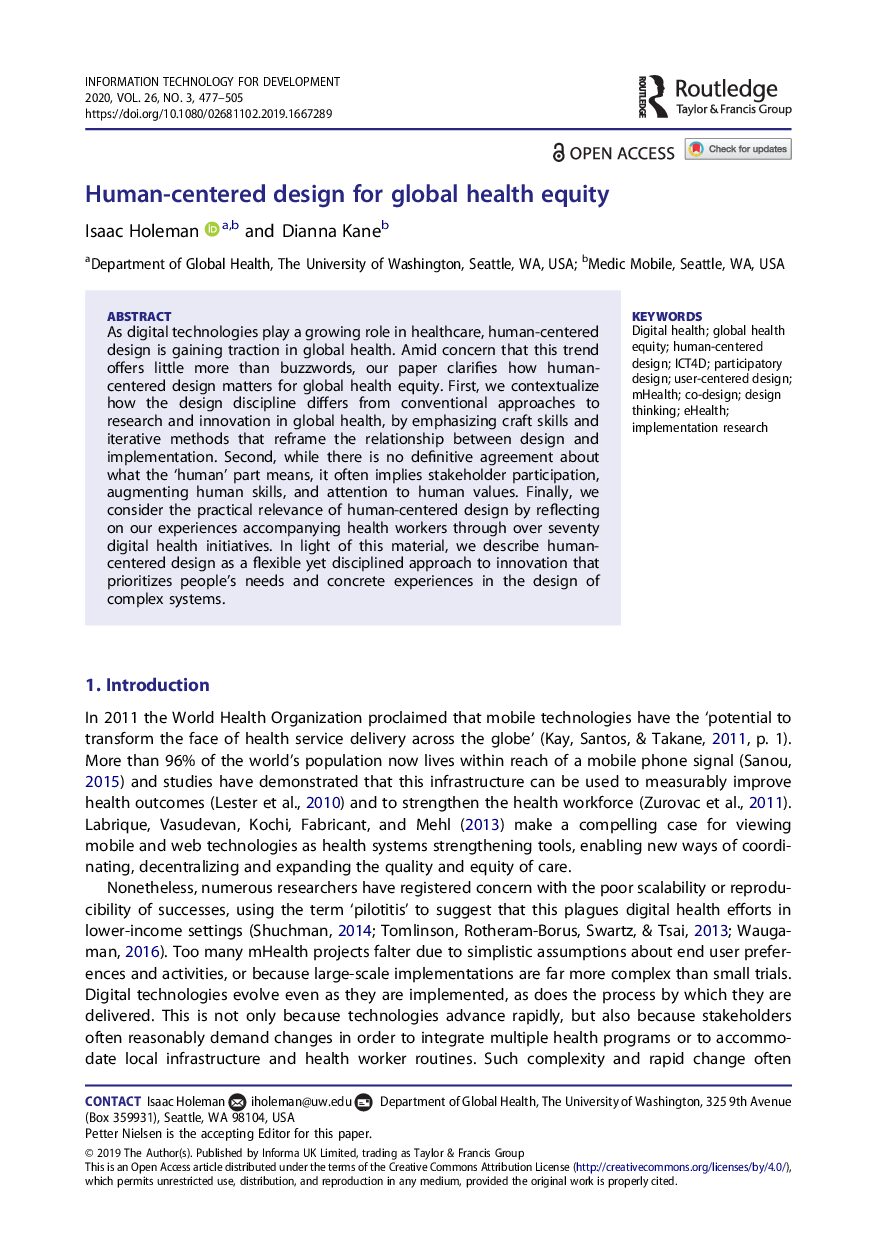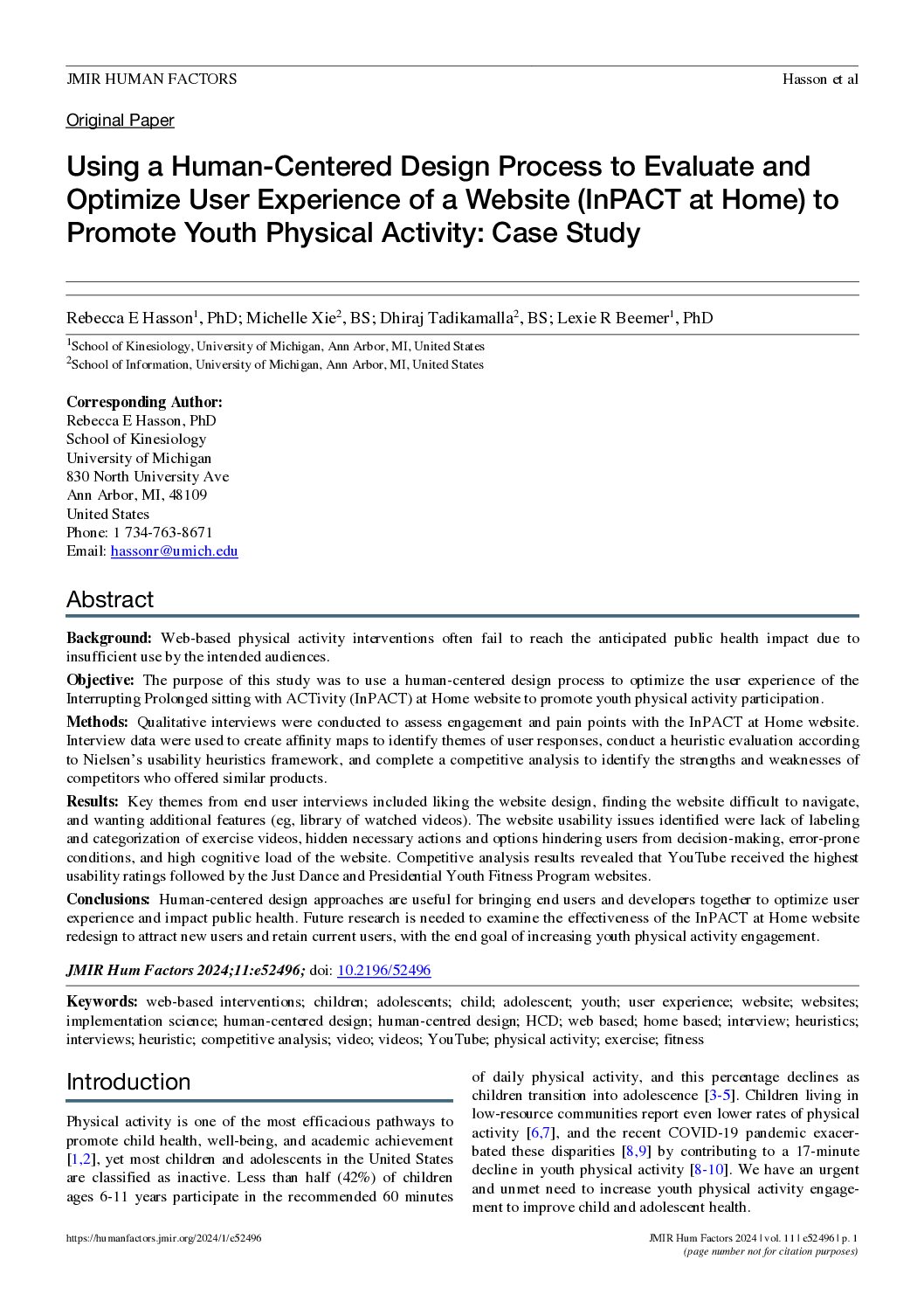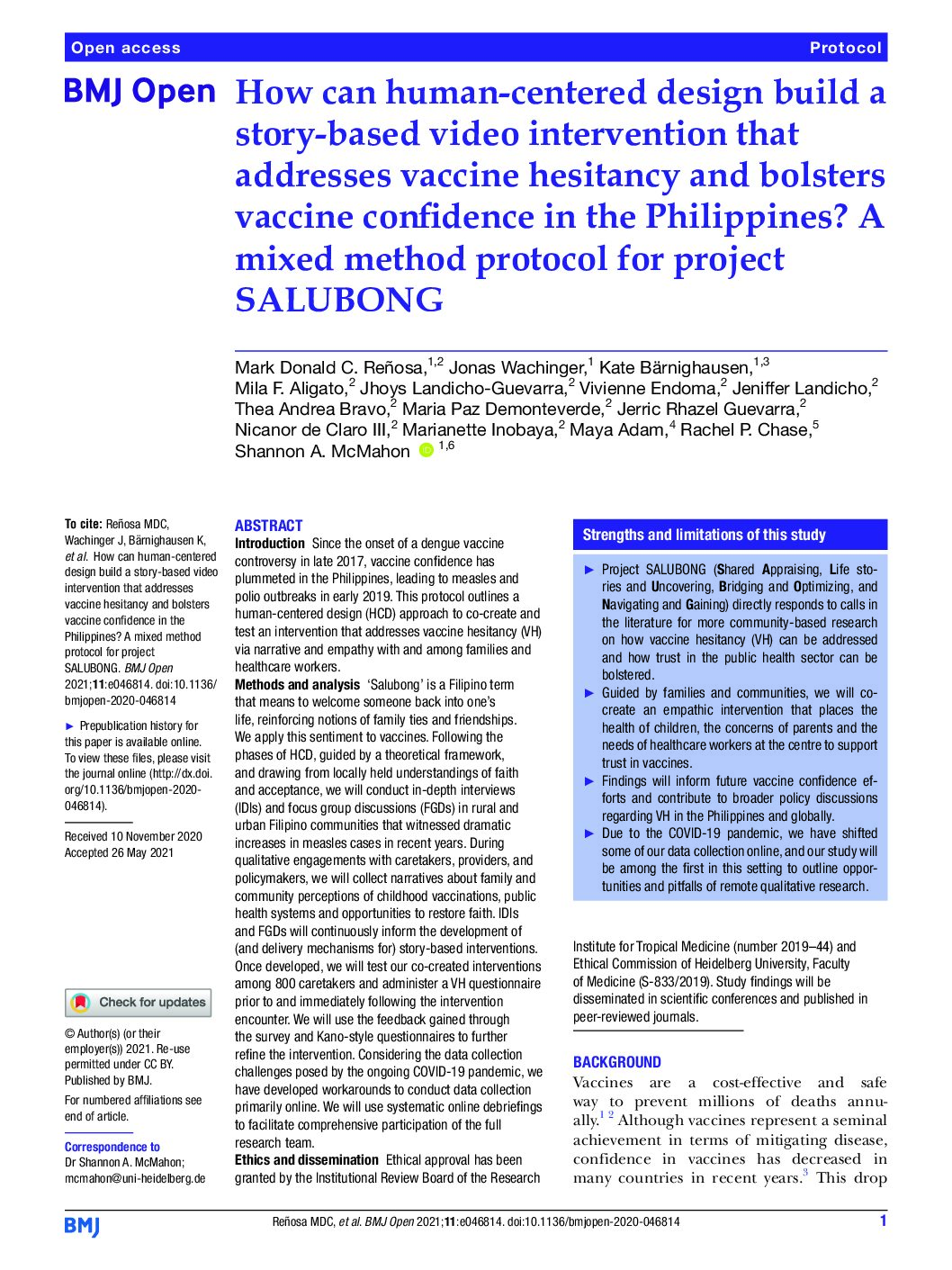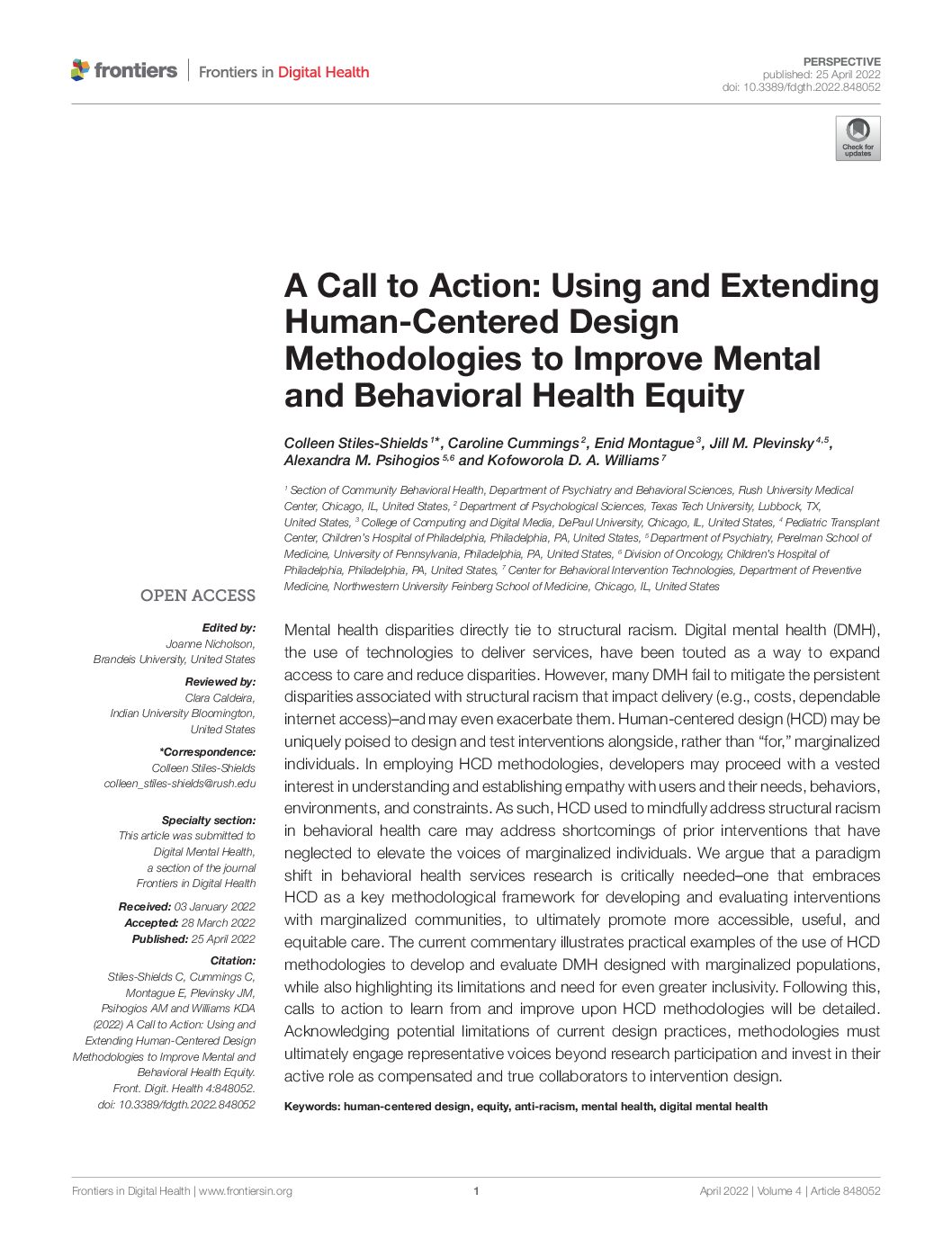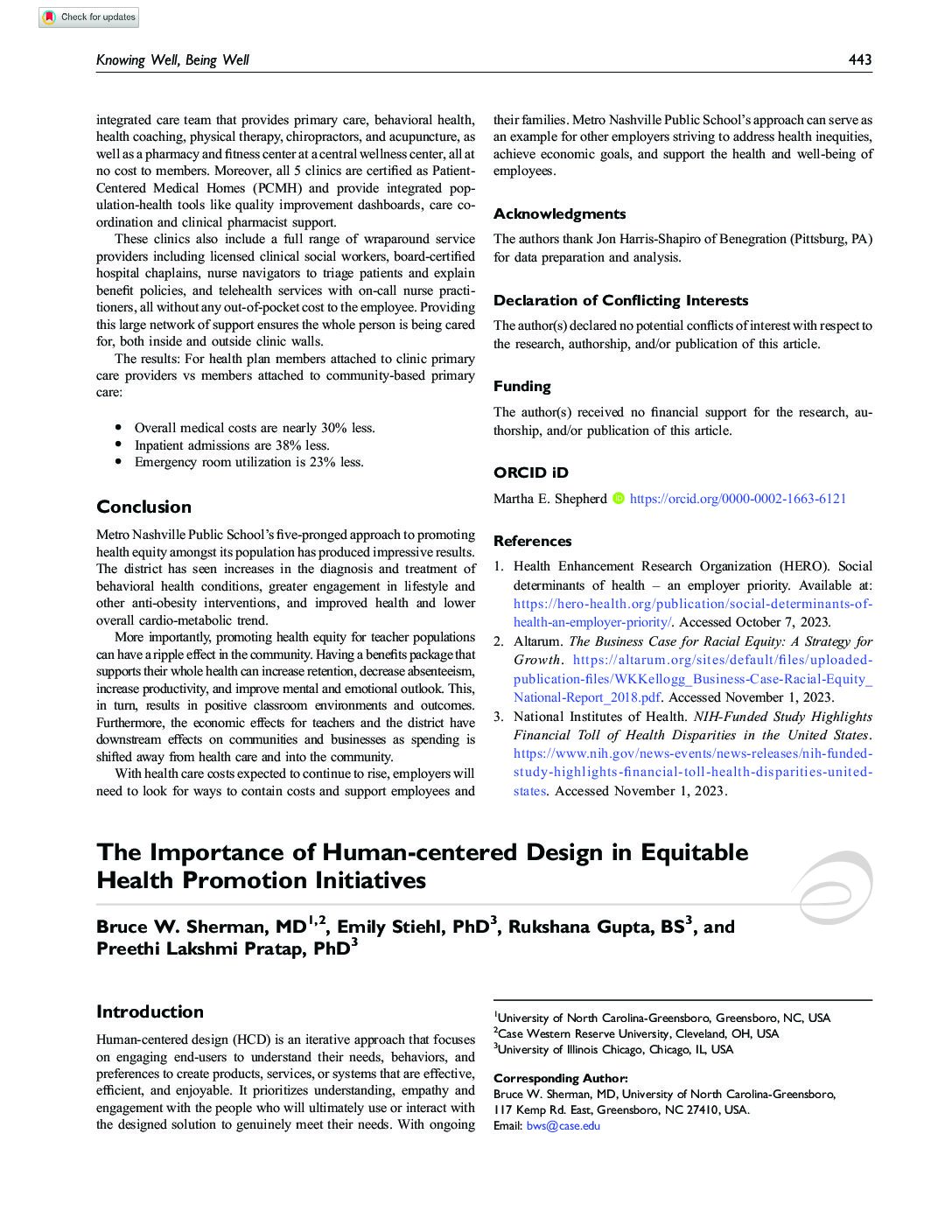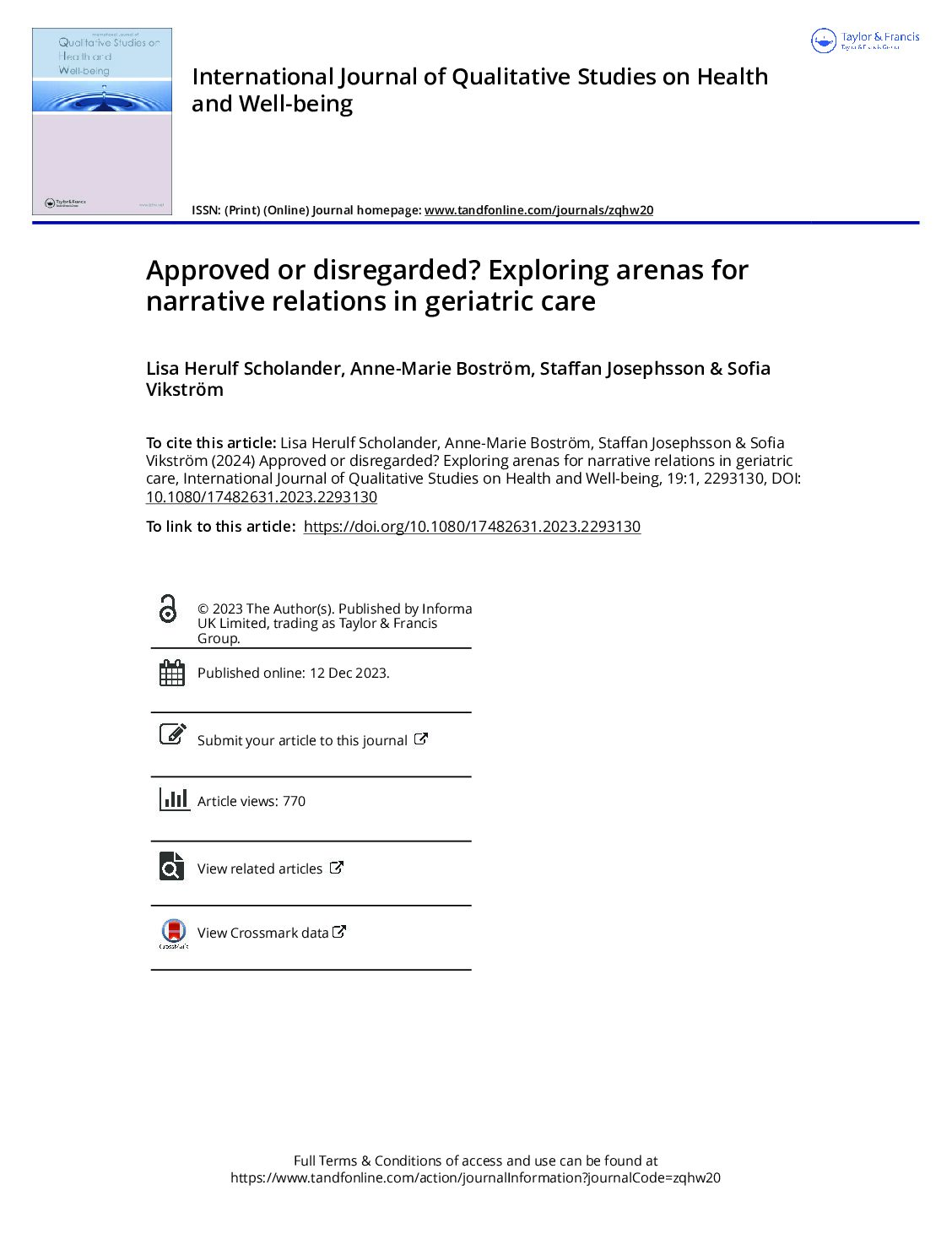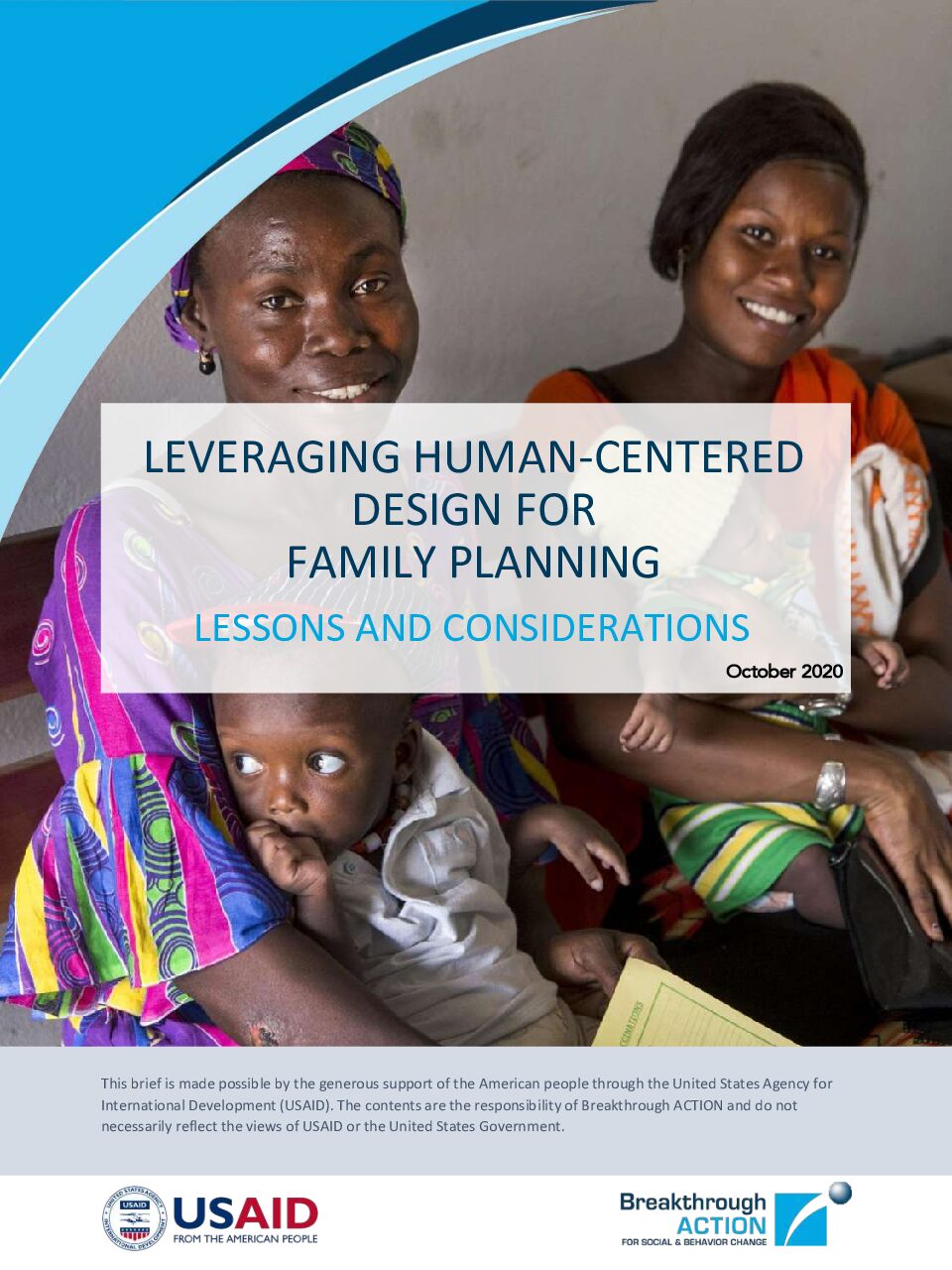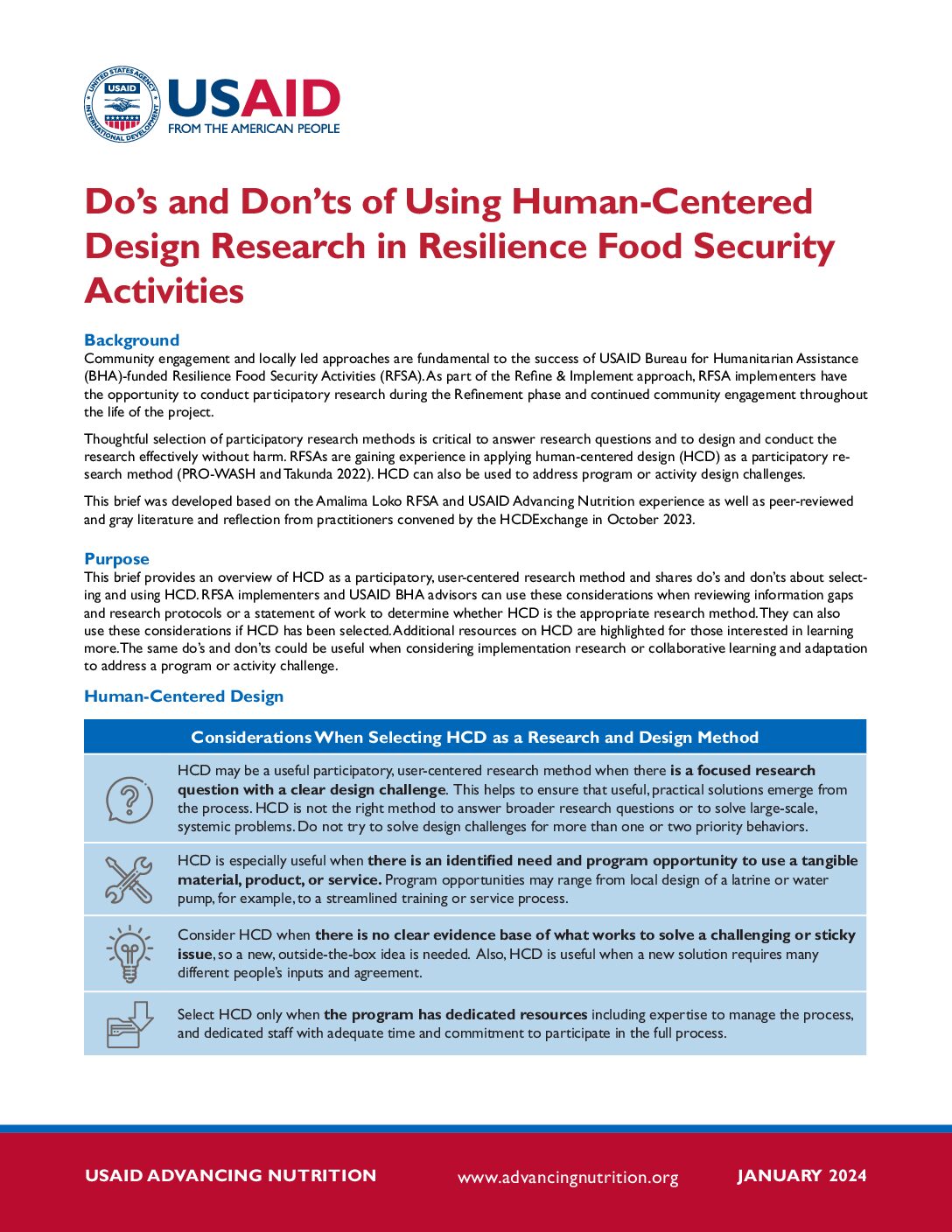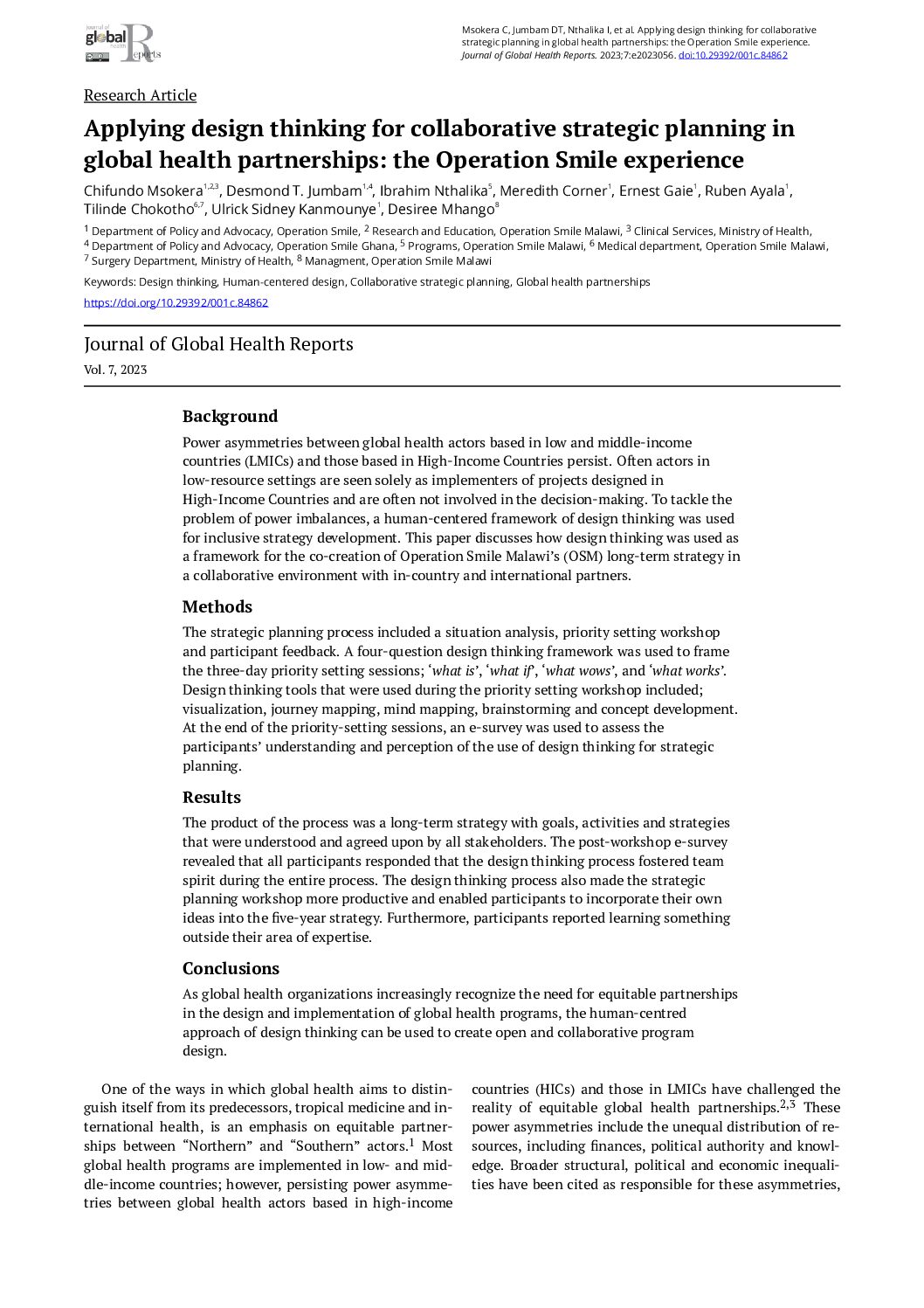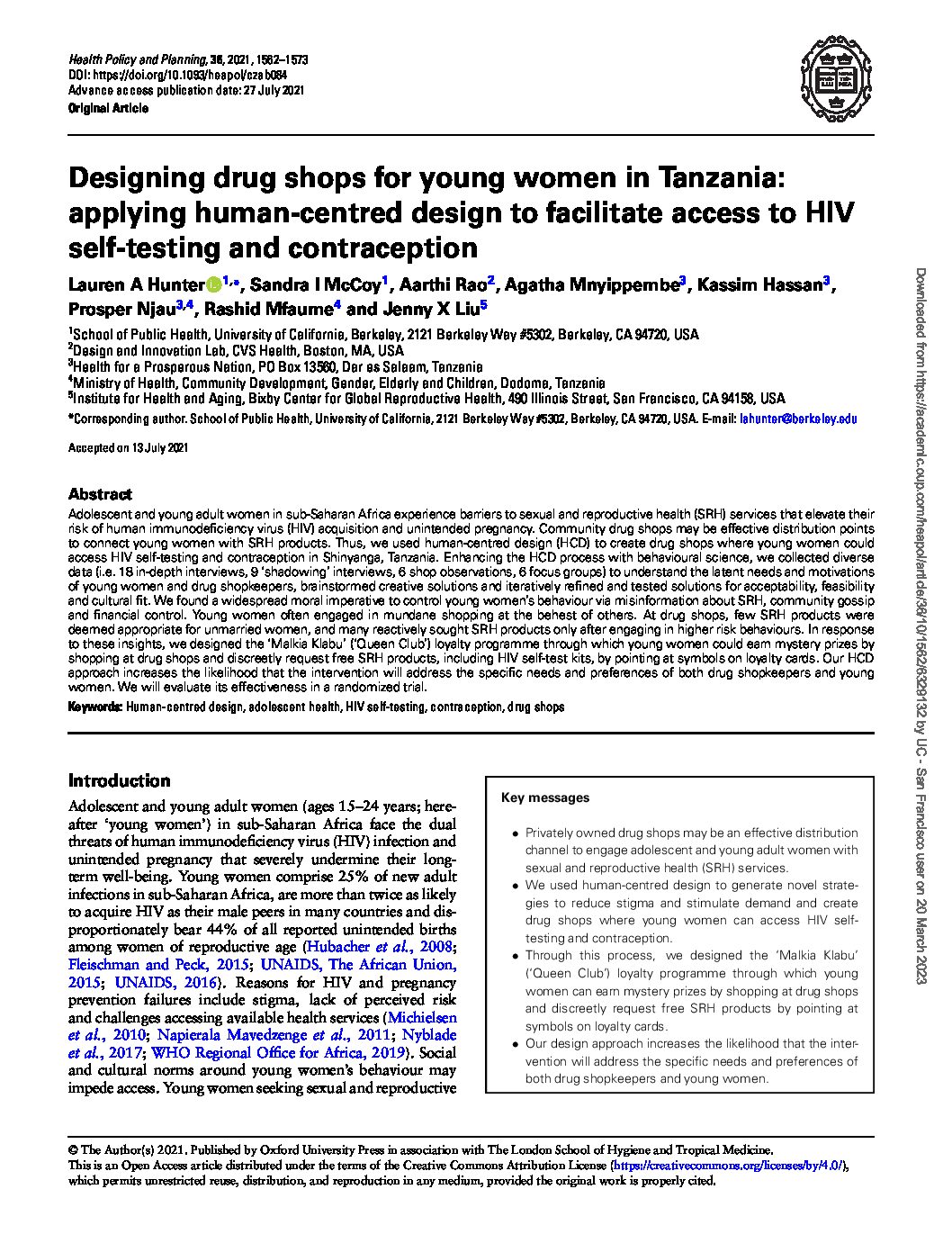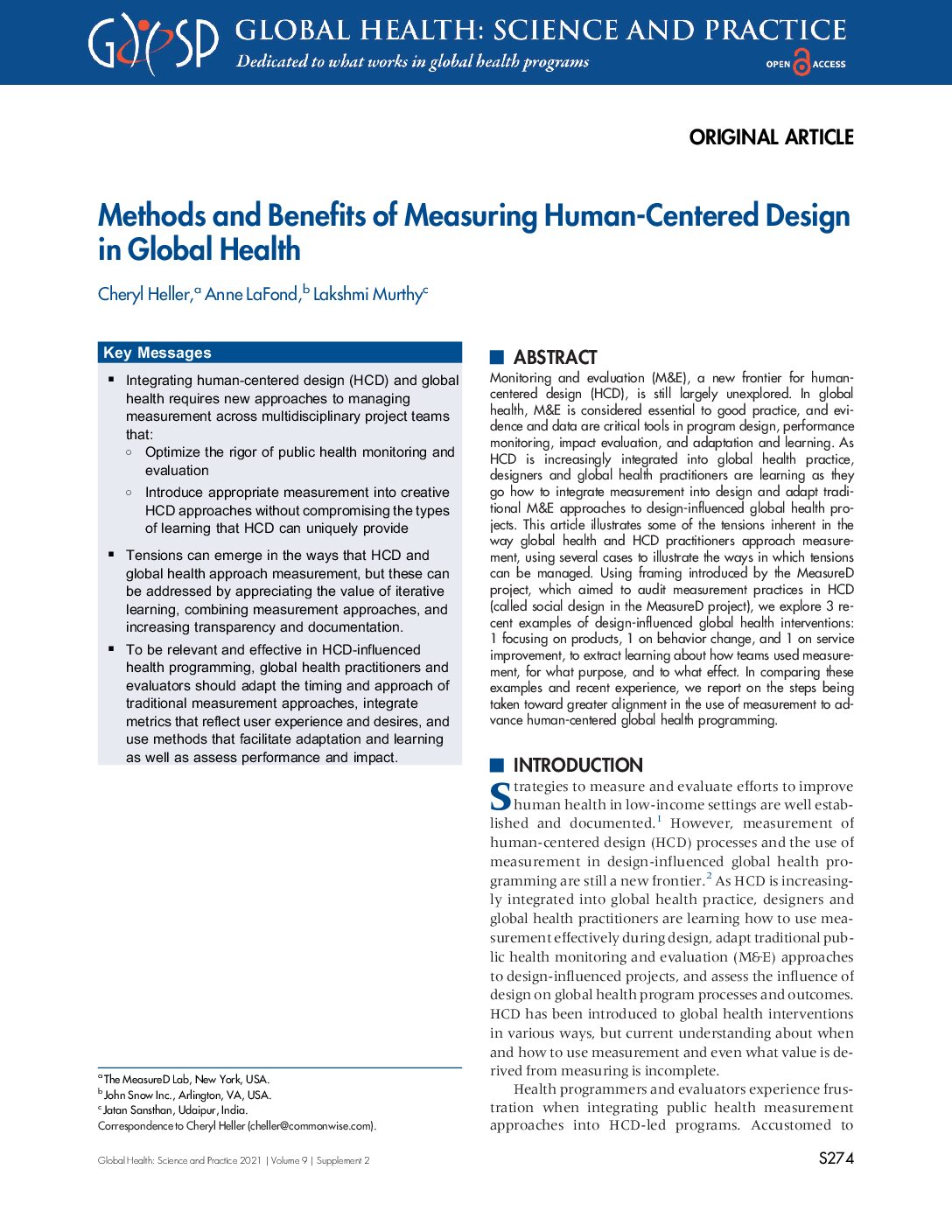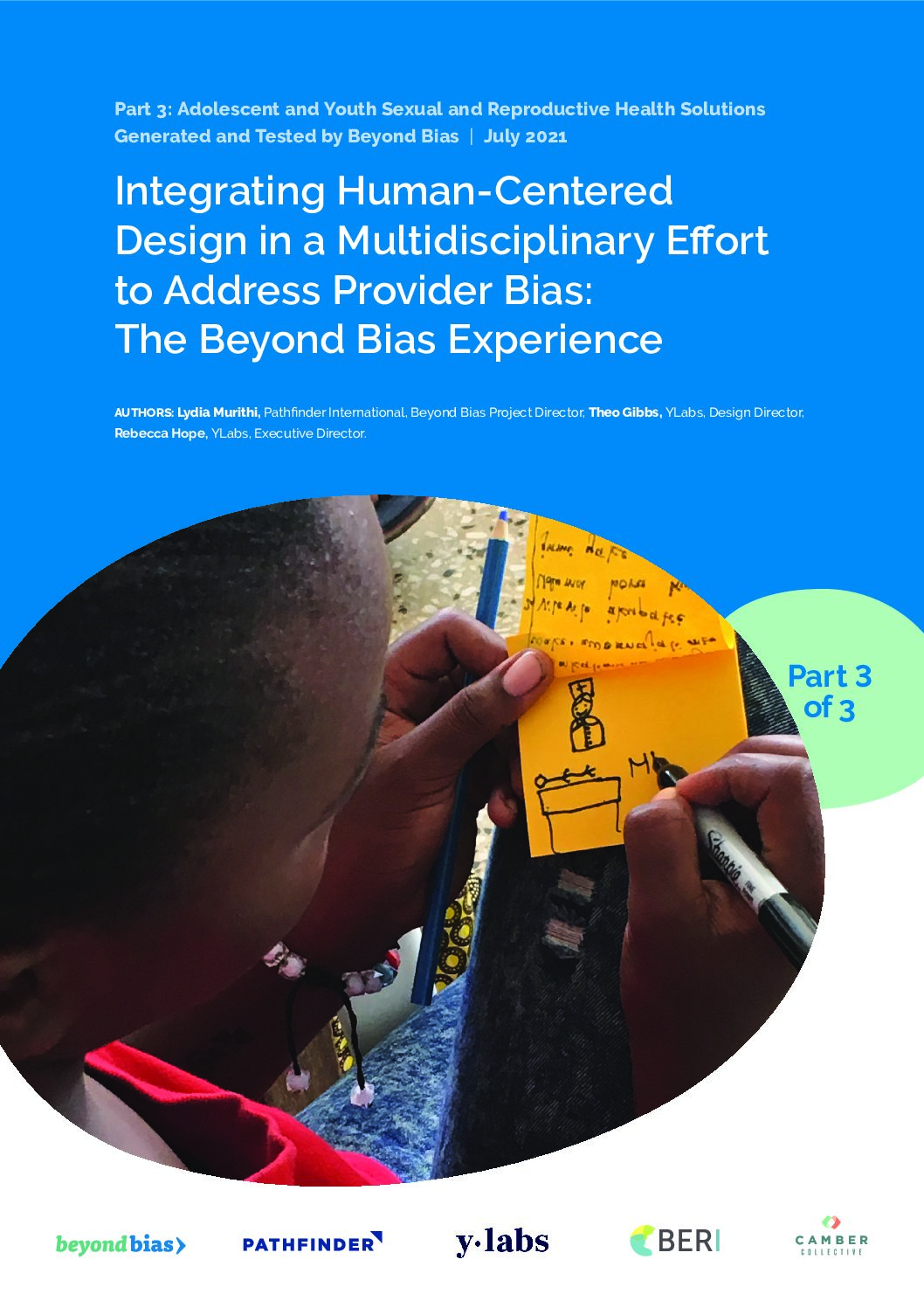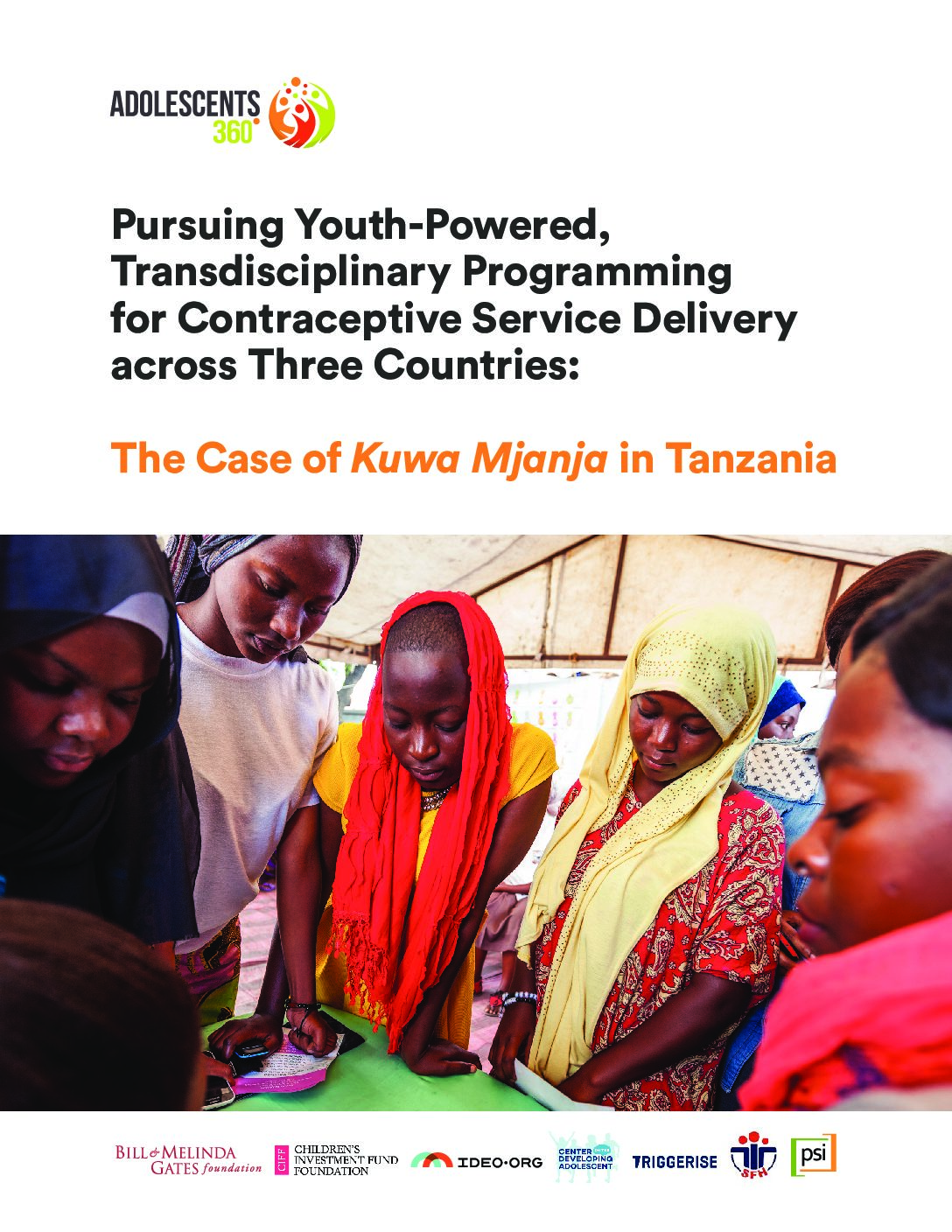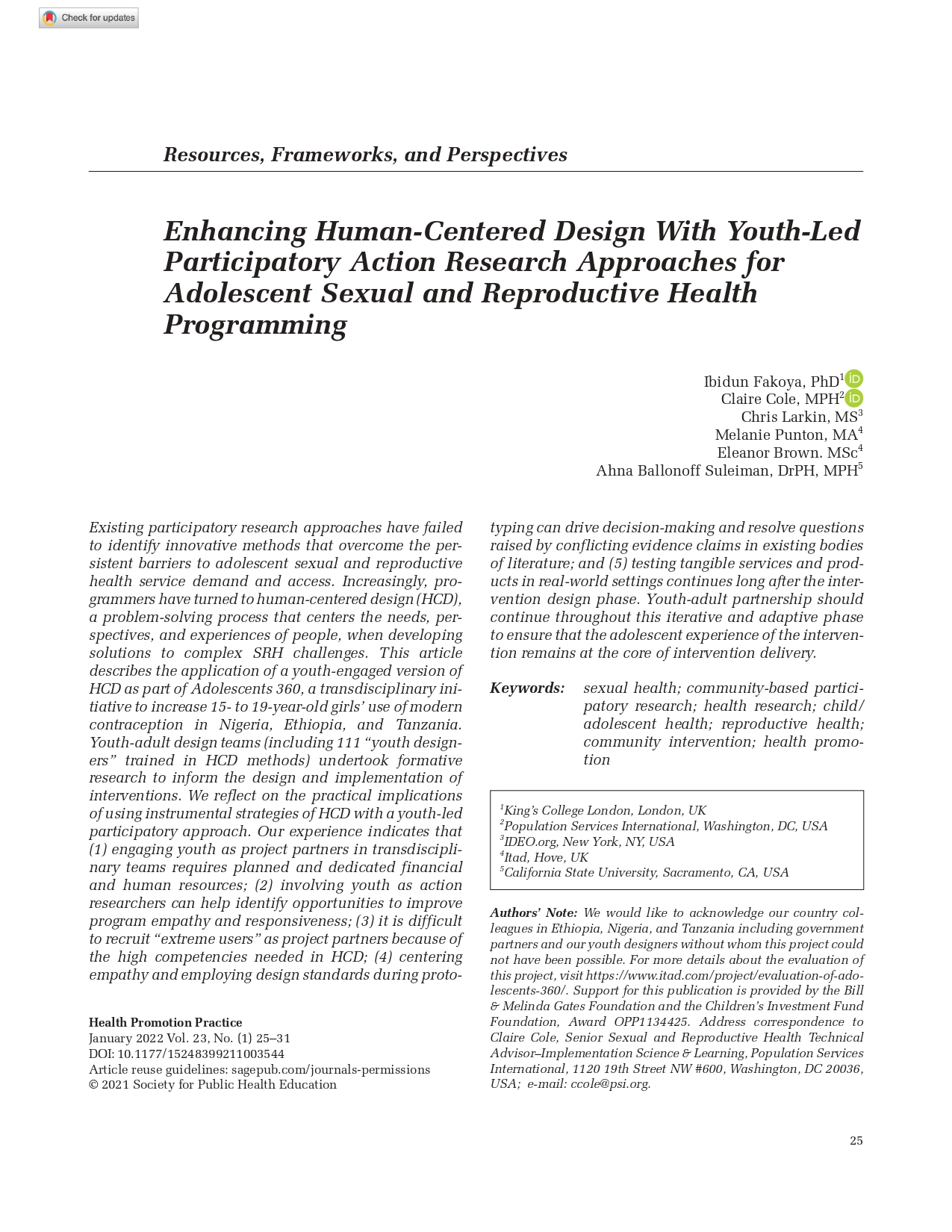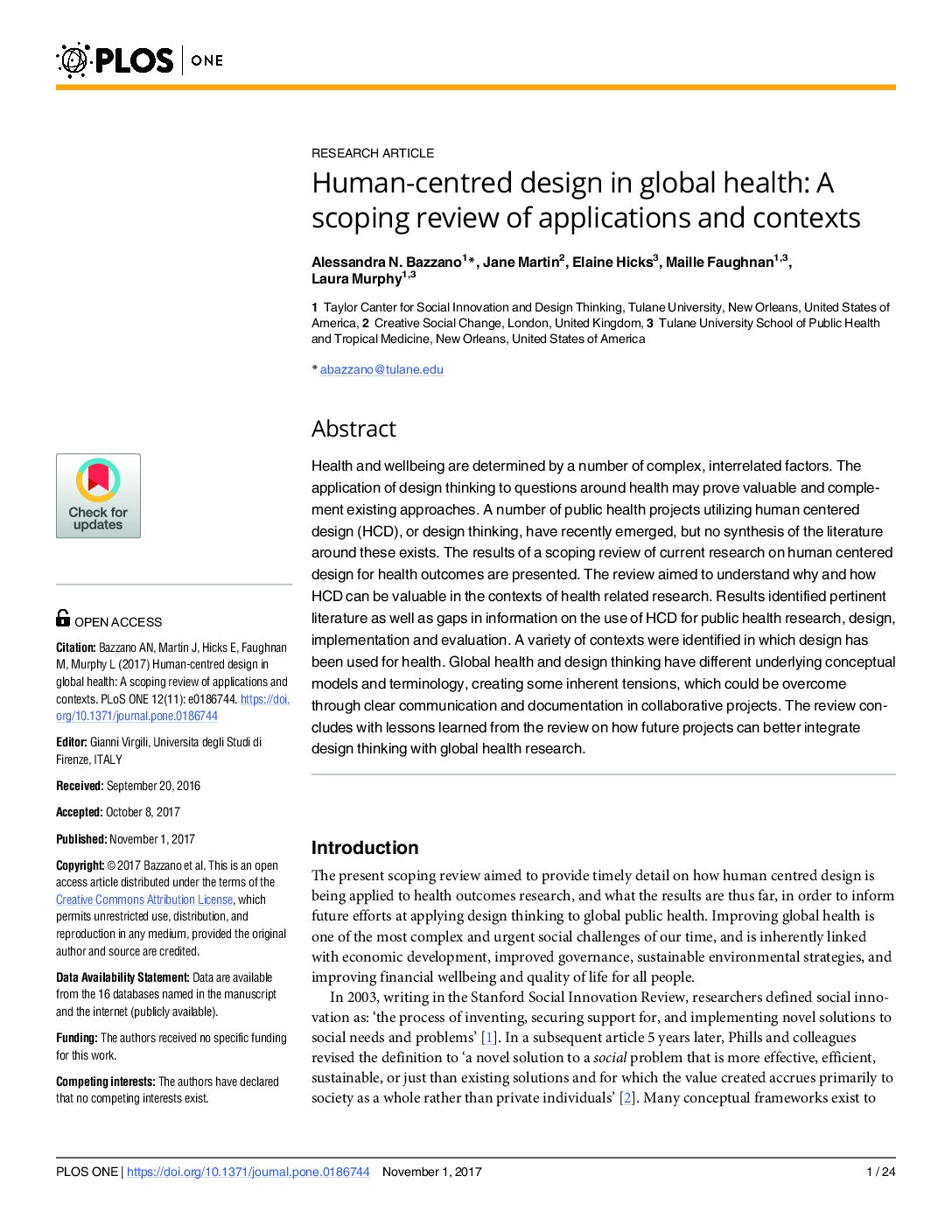Human-centered design (HCD) and community-based participatory research (CBPR) are two people-centered approaches to addressing real-world problems. Traditionally, HCD has been used in the private sector, whereas CBPR has been used more commonly by academic and community organizations, often in partnership.
The public sector has started to embrace HCD to guide product development, service development, and public policy (Nanos, 2016). While HCD is being explored in health research, few studies describe the full HCD cycle or include actionable, replicable strategies for applying HCD in health promotion and disease prevention efforts (Bazzano, Martin, Hicks, Faughnan, & Murphy, 2017). This review fills these gaps by comparing and contrasting HCD and CBPR and providing recommendations for how HCD can be incorporated into CBPR partnerships and projects.
HCD and CBPR approaches are not mutually exclusive; in fact, they may offer complementary strategies for solving problems. Recently, public health researchers have started to integrate HCD and CBPR (Kia-Keating, Santacrose, Liu, & Adams, 2017), yet no published literature to date explores the commonalities and distinctions between HCD and CBPR or provides recommendations to public health practitioners and researchers for how to integrate HCD strategies into CBPR to create more effective and efficient public health solutions.




